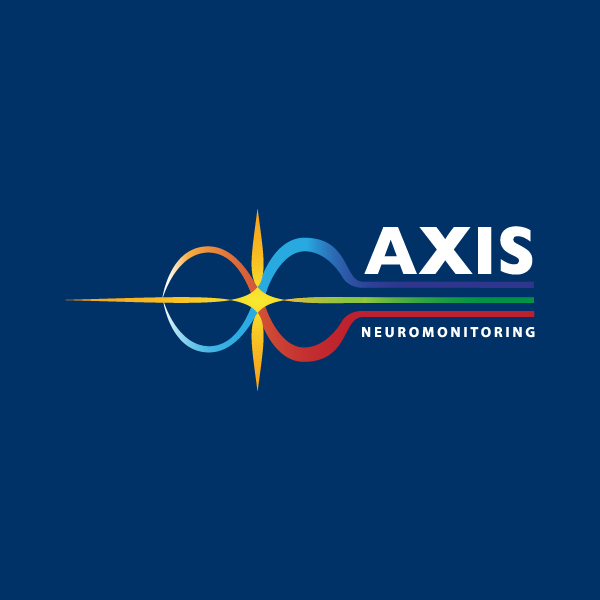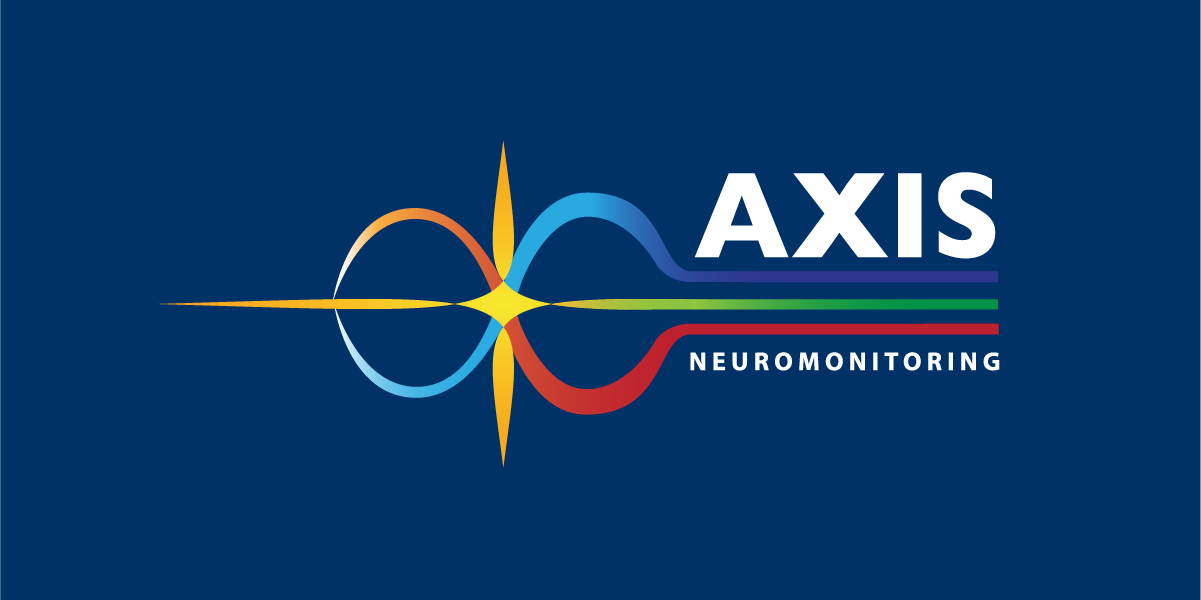Ensuring Safety and Success in Posterior Lumbar Fusion Surgery
April 30, 2025
Posterior Lumbar Fusion (PLF) is a surgical procedure designed to treat conditions like spondylolisthesis, spinal fractures, and degenerative disc disease (DDD) by fusing two or more lumbar vertebrae. The procedure aims to reduce pain, restore function, and help patients return to daily activities. However, PLF carries risks, including improper fusion, nerve damage, hematomas, and infections.
Techniques such as somatosensory evoked potentials (SSEPs), electromyography (EMG), and transcranial motor evoked potentials (T-EMG) help surgeons avoid complications and ensure better outcomes.
74-Year-Old Patient’s PLF Surgery
A 74-year-old male with diabetes and hypertension was diagnosed with multiple spinal issues, including compression fractures, central and foraminal stenosis, spondylolisthesis, spondylolysis, and degenerative disc disease. The patient experienced lower back pain, leg tingling, instability, and neurological symptoms. PLF with posterior spinal fusion (PSF) and decompression was planned.
The surgical team used neurophysiological monitoring, including upper and lower SSEPs, lower free running EMG, triggered EMG, and train-of-four (TOF) monitoring. These techniques provided real-time data on the patient’s neural function during surgery.
Neurophysiology: A Critical Safety Tool
Neurophysiological monitoring offers immediate feedback that allows surgeons to address problems before they cause permanent damage. In this case, SSEPs remained stable throughout the procedure. Free-running lower EMG responses showed no sustained EMG activity, indicating normal neural function.
A triggered EMG alert occurred when the right L4 screw recorded an 8mA threshold, suggesting it may have been improperly placed. This could have caused nerve root injury if left uncorrected. The surgeon was immediately informed of the issue and took action.
Correcting the Screw Placement
The surgeon removed the L4 screw, adjusted its trajectory, and replaced it. The new screw yielded a 34mA threshold, confirming proper placement. By the end of the surgery, all screw stimulation thresholds met safety criteria, ensuring that the screws were positioned correctly.
The Importance of Neurophysiological Monitoring
Without triggered EMG, the surgeon might not have detected the poorly placed L4 screw. Breaching the pedicle wall could have led to serious complications, including nerve root injury. Using triggered EMG allowed the surgical team to correct the placement in real time, ensuring a safe and successful outcome.
Improving Patient Safety in Spinal Surgeries
Neurophysiological monitoring is a vital tool for ensuring the safety of PLF surgeries. Techniques like SSEPs, EMG, and EMG allow surgeons to identify and address complications before they cause lasting harm. Hospitals and surgical centers should adopt these technologies to enhance patient safety, reduce complications, and improve surgical outcomes.
Investing in neurophysiological monitoring ultimately supports both surgical teams and patients, offering safer and more effective spinal surgeries.
For more information on the benefits of neuromonitoring and its role in enhancing patient care, please contact us at 888-344-2947.



